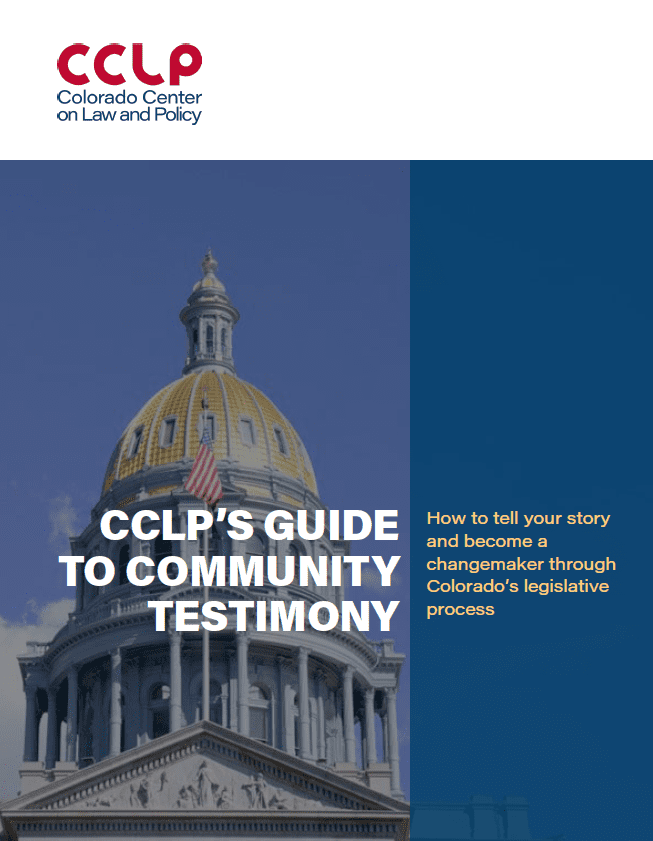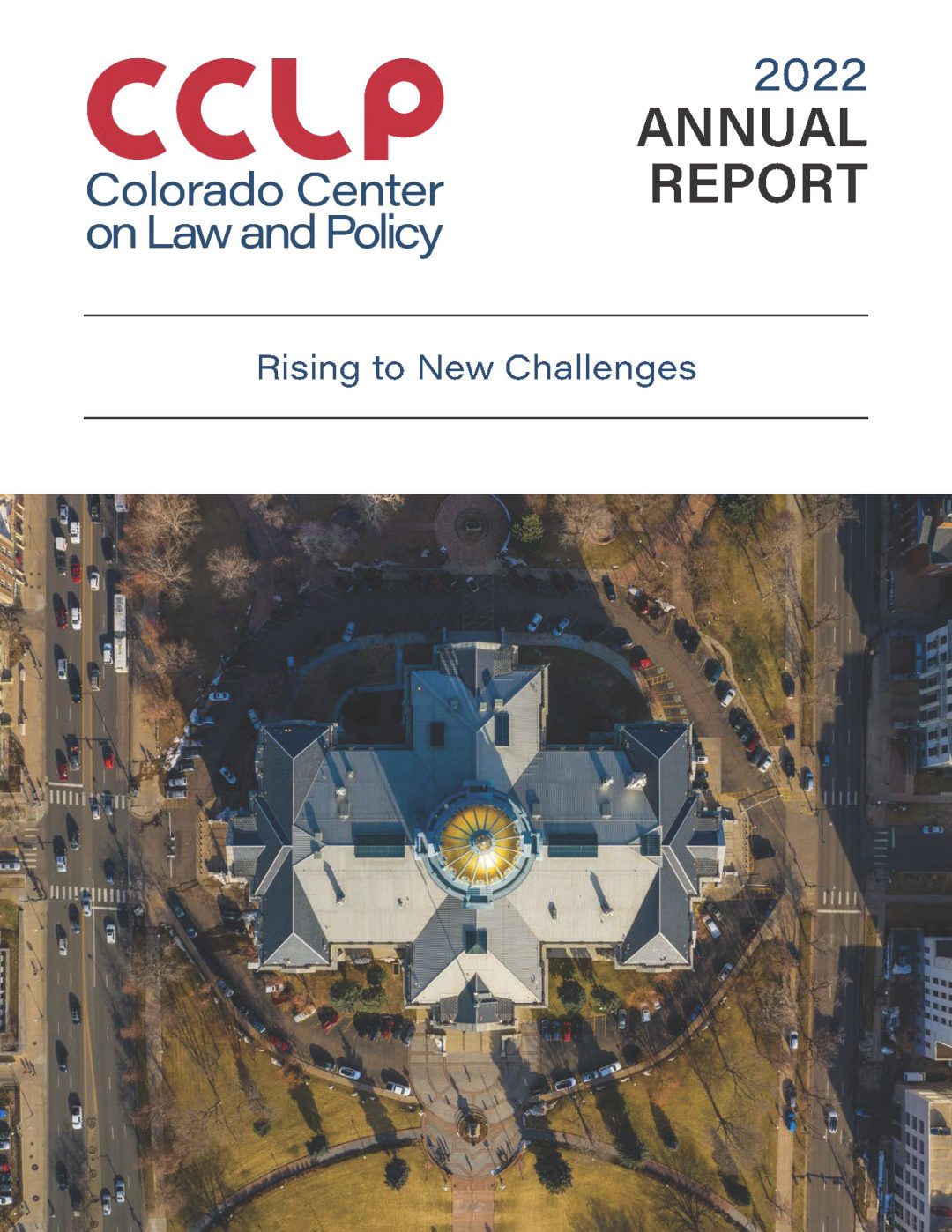View File
Board of Directors
Connect for Health Colorado
3773 Cherry Creek N Dr.
Denver, CO 80209
RE: Connect for Health Colorado Proposed FY2015 Budget
On behalf of the Colorado Consumer Health Initiative and the Colorado Center on Law and Policy, we submit this letter in support of the Connect for Health Colorado (C4HCO) proposed Fiscal Year 2015 budget. This budget, up for consideration by the Board of Directors on Monday, June 9, 2014, makes key investments in technology infrastructure and consumer assistance that is essential to achieving the mission of C4HCO. We support the adoption of the budget and in particular several essential priorities.
The proposed budget includes a critical investment of $5.58 million to develop a shared eligibility system between the Department of Health Care Policy and Financing and C4HCO. CCHI, CCLP and partner organizations learned through our Consumer Engagement Project, the results of which we have shared with C4HCO in previous issue briefs, that the two-track application was a hindrance to enrollment. Having two separate applications for Medicaid and Advanced Premium Tax Credits was one of the more significant hurdles to a streamlined, consumer-friendly enrollment process. The eligibility technology upgrade will facilitate a more seamless enrollment experience, simplify training for Health Coverage Guides and other enrollment assisters, save consumers valuable time, and eliminate one more obstacle to accessing coverage.
In addition, the 2015 budget proposal allocates necessary funding to one of the greatest C4HCO assets – the Assistance Network. The enabling legislation that established C4HCO emphasized the intent to increase access to health insurance for Coloradans. The Assistance Network is the foundation to fulfilling this charge. Health Coverage Guides are connected at the roots of our communities throughout Colorado and are trusted ambassadors for C4HCO. Beyond that, they are trusted advocates for health – helping Coloradans access coverage through C4HCO but also Medicaid and the Child Health Plan Plus. Enrolling 46,000 people in health coverage, whether private or public insurance, is a significant achievement by the Assistance Network.
Our Consumer Engagement Project survey data also demonstrated that a culturally diverse assistance network is essential for enrolling key populations including Latinos, African Americans and Asian Americans. While difficult to measure, Health Coverage Guides working in these communities did crucial outreach to raise awareness. For instance, a greater proportion of Hispanic survey respondents learned about C4HCO through a community organization or event than non-Hispanics. Assistance Network outreach efforts that catalyze enrollments are less easily quantified, but they are no less important to evaluating the effectiveness of the network. We know the Assistance Network is working, and the proposed budget ensures that vital work can continue. As in the past, we continue to urge C4HCO to consider ways to accurately measure and evaluate the performance of the network to improve its reach.
We further support the proposed 1.4% administrative fee, among the lowest in the country, as well as the broad market assessment on carriers of $1.25 per member per month. These revenue streams will ensure the sustainability of the marketplace. Furthermore, not only is the assessment well below the assessments that have long been in place to fund Cover Colorado, but it is also consistent with the diligent efforts in Colorado to ensure a level playing field between C4HCO plans and those sold outside the marketplace.
We thank you for your continued stewardship of Colorado’s health insurance marketplace.
Sincerely,
Colorado Consumer Health Initiative
Colorado Center on Law and Policy
The Second Regular Session of the 74th General Assembly is well underway!
Learn more about CCLP’s legislative platform for 2024 and the bills we’re most excited to support!









